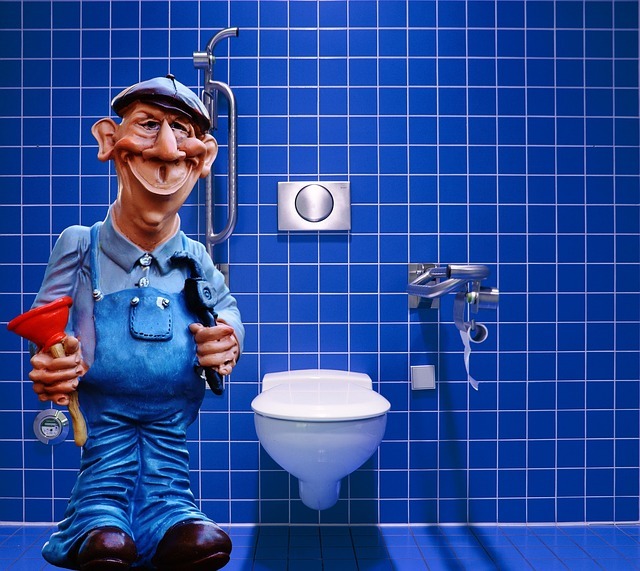Fixing a leaky toilet can be a daunting task, especially if you have no plumbing experience. But before you panic about the repair costs or waste your weekend waiting for a plumber, consider this – repairing a leaky toilet yourself is not as hard as it may seem. With a comprehensive guide, the right tools, and a little patience, you can easily handle this common household issue. Let us help you with this step-by-step guide on how to repair a leaky toilet.
Anatomy of Your Toilet
To begin, let us demystify the components that make up your toilet system with the help of Ferguson’s Plumbing. A basic toilet consists of two parts: the tank and the bowl. The tank contains the water required for flushing—the float, fill valve, overflow tube, flapper, and flush handle are all located here. Meanwhile, the bowl is simply the part where waste is disposed of.
Identifying the Leak
The first step towards repairing your leaking toilet is recognizing where the problem lies. There could be a leak between the tank and bowl, around the base of the toilet, or even from the supply line. Identifying where water is leaking from will help determine what needs fixing.
Gathering Necessary Tools
Common tools you will need include an adjustable wrench, screwdriver, plunger, sponge and bucket. Depending on what needs replacing or tightening, you might require specific parts like washers or valves; these can be easily found in any hardware store.
Shutting Off Water
Before starting repairs, ensure to shut off your water supply by turning off the stop valve located by your toilet’s base. Drain excessive water from floors using sponges and buckets for safety purposes and maximized working convenience.
Investigating the Tank
Remove the tank lid and inspect all parts. If there are worn out parts, like a corroded handle or flapper, these should be replaced immediately. Always make sure to replace broken or worn-out parts with exact replicas.
Replacing Tank Components
Should you need to replace any parts in your tank, this can usually be done by unscrewing old pieces and installing new ones. As for instance, if the flapper is leaky, unclip it from the overflow tube and chain, then clip-on a new flapper and adjust its chain length accordingly.
Checking the Fill Valve
If water is continuously running into your toilet bowl, this might be an issue with your fill valve. If adjusting does not do the job, you should consider replacing it; follow the manufacturer’s instructions on how to install your new fill valve properly.
Tackling Bowl Leaks
If leaks are coming from the bowl itself, this could indicate a problem with the wax ring at its base or bolts holding it in place. These issues require unmounting the toilet bowl from its base and replacing malfunctioning components.
Confronting Base Leaks
A leak around your toilet base is typically due to a faulty wax seal. To fix this, remove your toilet pan from its place by unscrewing nuts holding it down. Replace the old wax seal with a new one and reposition your toilet without heavily forcing it onto the new seal.
Dealing with Supply Line Leaks
If water is leaking from your supply line: simply tighten up nuts connecting it to both – toilet tank and shut-off valve using an adjustable wrench. But if that does not stop leakage, replacing your supply line could be the solution. You can buy a new one at your nearest hardware shop.
Testing Your Repairs
Once repairs are made, test if issues have been resolved. Turn the water supply back on and let your toilet tank refill. Flush a few times to check for leaks or any new operational issues.
Knowing When to Call a Plumber
There are cases when a leaky toilet may require professional assistance, particularly when troubleshooting exceeds your comfort level or skills. If you continue experiencing repeat issues despite making repairs or cannot figure out what is wrong, do not hesitate to reach out to a trusted plumber.
Maintaining Your Toilet
Regular maintenance goes a long way in preventing future leaks from happening. Never neglect signs of minor leaks as they tend to escalate into larger damages if not addressed quickly. Regularly check and clean toilet parts, especially inside tank components. Avoid throwing anything down the toilet bowl that might cause blockages.
The Final Word
In most cases, you will find that repairing a leaky toilet does not require hiring professionals but merely some time, patience, and standard tools available at home. However, it never hurts to seek expert assistance when you need it—better safe than sorry in maintaining your precious home’s integrity!

